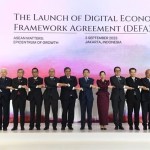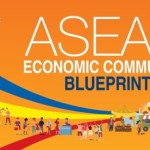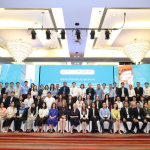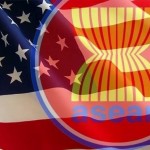Total number of posts 463.
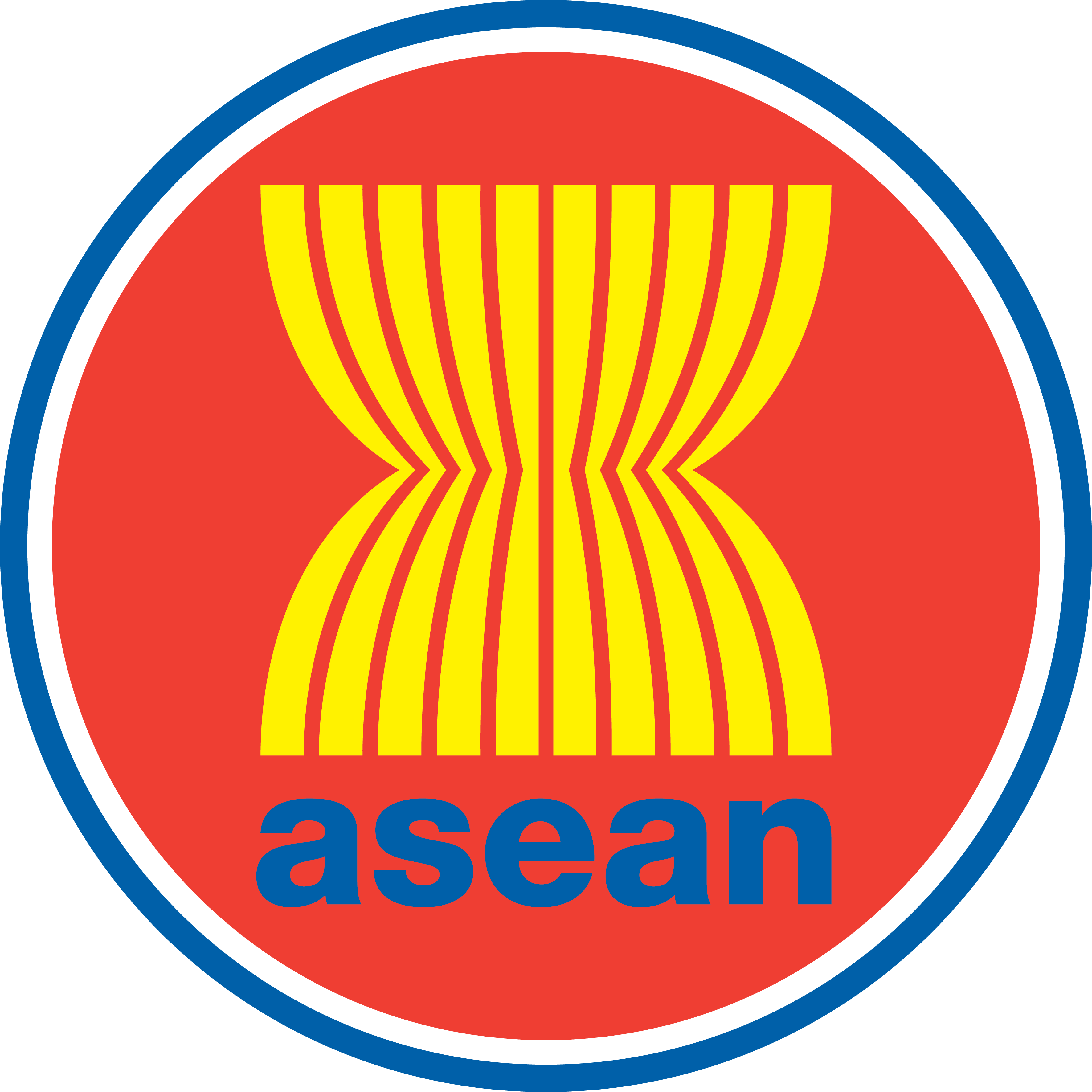
FDI inflows into Southeast Asia have increased ninefold over the past two decades, with more than half of this going to Singapore, which tends to act as a regional hub for many investors. However, new "green" investment projects have experienced a serious decline since the start of the Covid-19 pandemic, which has not shown any signs of improvement. In the region, Vietnam and Indonesia have attracted the largest FDI inflows into the green sector over the past decade ($232-242 billion), followed by Malaysia and Singapore ($153-164 billion).
Governments in Southeast Asia devote much of their resources to attracting FDI in the hope of creating jobs. Green FDI projects generate an average of three direct jobs per million USD invested in the region (similar to the worldwide average), but the intensity of job creation varies considerably from country to country by the level of development and economic structure. Lower-income countries, such as Myanmar and Laos, as well as countries with abundant fossil fuel resources, such as Brunei Darussalam, tend to attract significant FDI in natural resource extraction and energy production, which creates relatively few direct jobs.
Emerging economies with diverse and solid industrial capacities, such as Vietnam and Thailand, create the most jobs per dollar of investment. Countries with highly skilled workforces, advanced industries, and relatively larger financial sectors, such as Malaysia and Singapore, attract FDI in high-tech products and services that are knowledge-intensive and require less labor. The high capital intensity of manufacturing FDI in Indonesia is driven by the metal and chemical industries, while the high labor intensity of FDI in the Philippines is mainly driven by business support services.
In addition to capital and employment, FDI has contributed significantly to sustainable development in Southeast Asia. Many foreign firms introduce significantly newer products and services than their domestic counterparts in most countries in ASEAN, and this greater capacity for innovation suggests that there is potential for knowledge and technology transfer to domestic enterprises
Foreign companies are also more likely to offer training opportunities to their employees, and the gap between foreign and domestic firms in many ASEAN countries is significantly larger than in the central countries. OECD or non-OECD average, suggesting that foreign firms contribute unevenly to job skills development in the region. By employing more women in their workforce in most ASEAN countries, foreign businesses also help improve gender equality in the workplace.
However, some economies have benefited more than others, and the benefits of FDI have not been felt equally across different sections of society. While FDI creates jobs and contributes to skills and living standards, it can also create risks of irresponsible and unsustainable business practices and exacerbate discontent. income equality, potentially leaving vulnerable segments of the population behind.
The contribution of FDI to green growth and decarbonization is not clear. In Indonesia and Thailand, for example, FDI performed worse than domestic investment in terms of CO2 emissions per unit of output, particularly in the mining, metals, and energy industries, in while in Vietnam and the Philippines, the carbon footprint of FDI is lower than that of domestic investment, especially in the energy and manufacturing sectors. The shift of FDI away from fossil fuels and towards renewable energy in Southeast Asia also lags behind other regions and varies considerably across regions.
In Laos and Cambodia, renewable energy has attracted more than half of new foreign investments in the energy sector over the past decade; however, fossil fuels still account for more than 88% of FDI in the energy sector in 6 ASEAN countries.
As in the case of other major crises, the Covid-19 pandemic has provided an impetus for ASEAN governments to review the fundamentals of their economic policy and reorient their priorities towards more resilience and sustainability. Promoting sustainable investment is an integral part of the ASEAN Comprehensive Recovery Framework (ACRF) and its implementation, defining broad strategies to respond to the crisis in a coordinated and long-term manner.
The challenge for governments is not only to attract foreign investors at a time when global FDI inflows are dwindling but also to ensure that the investment delivers sustainable benefits to the host economy. . Attracting investment and obtaining maximum benefits in terms of sustainability depends first of all on the overall policy framework in which the investment occurs. Policymakers need to maintain a healthy, transparent, and open investment environment and adopt policies that ensure the maximum benefits of FDI and minimize the potential harm to the economy. local society and environment.
Furthermore, targeted promotion tools and measures for responsible business practice (RBC) are equally important to a sustainable investment framework. This requires a whole-of-government effort, evidence-based policymaking, and meaningful stakeholder consultation.
Investment promotion agencies (IPAs) also need to align their strategies with government sustainability goals and adopt targeted indicators to select prioritized investments and measure outcomes. sustainability of FDI. In ASEAN, while Sustainable Development Goals are considered one of the top factors influencing IPA priorities, only three IPAs use sustainability-related indicators to measure impacts. of their activities.
Well-designed and targeted incentives can also be powerful tools for attracting FDI with sustainable value-added, especially investment that can contribute to a low-carbon transition; but existing incentive packages for carbon-intensive industries may reduce the effectiveness of green incentives.
Enabling RBC is an equally important part of the equation for governments to promote sustainable investment by creating favorable conditions for responsible investors, and improving their attractiveness to investors. invest in high quality and protect resources for the future. Investors with a robust RBC risk management framework are also better equipped to identify, assess, and address risks in their supply chain.
Source: Công Thương News







